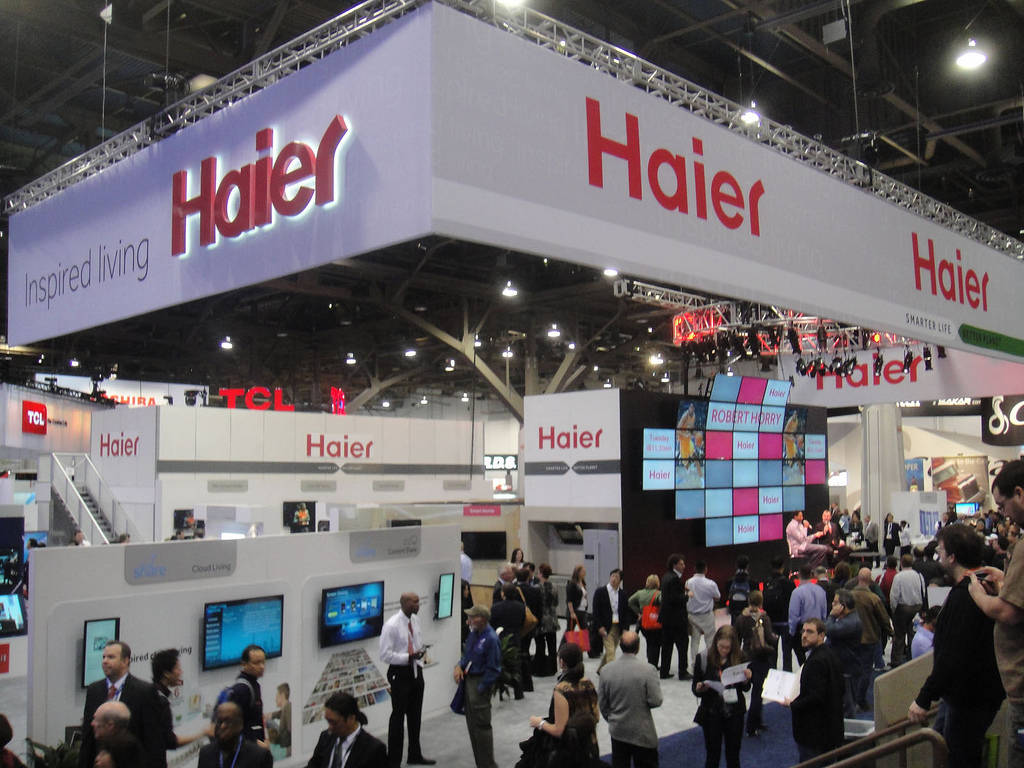When it comes to the issue of branding and conspicuous consumption, there is plethora of knowledge (or rather information) available with regard to the youth market. Research abounds in examining their purchasing behaviour and other extensions of youthful statements. When it comes to conspicuous consumption, purchasing things, especially expensive things in a way that people notice, young consumers are in a league of their own – or are they?
For every youthful consumer there is a middle aged one with more money (and more credit) to spend who would rather like to be noticed too. Those in the 40-60 age brackets are more likely to have a higher income and a better job – a career in fact. They are out there spending their hard earned cash on big ticket items such as cars and houses, big, big ticket items. Bigger ticket items than a few clothes or a better mobile phone which the young consumers focus on. Yet to read the marketing literature you would hardly think so, until now.
This led me to focus on this interesting segment in the latest study published in the Journal of Product and Brand Management on “Conspicuous consumption among middle age consumers: psychological and brand antecedents”. Using the context of automobiles the study looked into how psychological and brand related factors affect this segment’s conspicuous consumption. While their utility matters, automobiles also provide a great opportunity to display status, personality and self-image. People may feel they need cars, although that has become contentious in this more environmentally aware age. But they also provide a great opportunity to say “this is who I am”. It seems that making this statement crosses the generations. How we choose to make it is where there is room for difference.
Marketing’s missed opportunity
Coming to terms with conspicuous consumption among the middle aged is to begin to address marketing’s missed opportunity – although it’s tempting to assume that there are savvy car sales staff who know the emotions rather well already. However, the study reveals that there is more that they can do, opportunities that are being missed. The survey focused on customers of the BMW, Mercedes Benz and Lexus dealerships in East Sussex in the UK. Focusing on how consumers associate themselves with these brands holds the key to marketing them successfully.
It is an interesting and conflicting area to look at. It leads us in to human emotions that pull in opposite directions – the need for uniqueness and the need for conformity. The Irish management academic Ivor Kenny dubbed it “freedom and order”. With conspicuous consumption the drive for uniqueness is the key. On this dimension, the greater the uniqueness of the product the higher the value ascribed to it – the more of them there are around the less they are deemed to be worth.
A study conducted in the 1950s when language was simpler noticed the snobbishness effect and the need to jump on the bandwagon. Essentially if other people are getting them I want one too; the need to be different and the need to be the same once more. We are a contrary species!
It does get slightly more straightforward however as with conspicuous brands, such as BMW, Mercedes Benz and Lexus, buying behaviour is affected more by the personal factors – it says who I am, it will enhance my image – than the societal factors – e.g. gaining respect. Understanding this is at the heart of addressing the missed opportunity.
Big names not quite hitting the spot
Automobiles are designed and built by engineers so perhaps we should not be too surprised when product and engineering features dominate the marketing messages, even for prestigious cars. Lexus’ “The pursuit of perfection” reflects technical aspects of the vehicle, BMW’s “The ultimate driving experience” highlights performance. It is emotion that will by and large determine the success of the sale. The big brands are spending a fortune on glossy promotion without hitting the spot in terms of the message through which consumers will engage with their brands.
The study found that psychological and brand antecedents are crucial for brand engagement in conspicuous consumption market. The study further highlights the factors that middle aged customers consider when making buying decisions for conspicuous products. The study integrates multiple standards into a single framework for comparison.
The psychological associations to measure are:
* gaining respect;
* gaining popularity;
* noticed by others;
* showing who I am;
* symbol of success;
* symbol of prestige;
* indicates wealth;
* indicates achievement;
* interested in status; and
* enhances my image.
The corresponding brand associations are:
* brand symbolism;
* self-concept and brand image congruency;
* brand familiarity; and
* brand aroused feelings.
These are the factors to measure and the associations to stress. The opportunity is there for the taking.
In western society a prestigious car bought by someone in middle age is often considered a “mid-life crisis”. Well it’s mid-life, but something more significant – an ongoing and sustainable pattern of purchasing behaviour, and an opportunity to get the message right, and do better.






